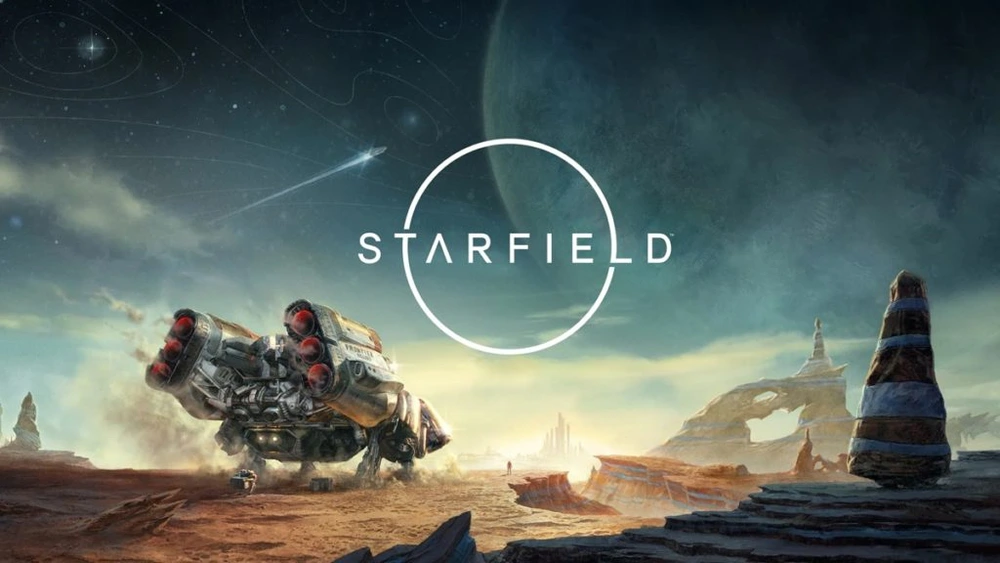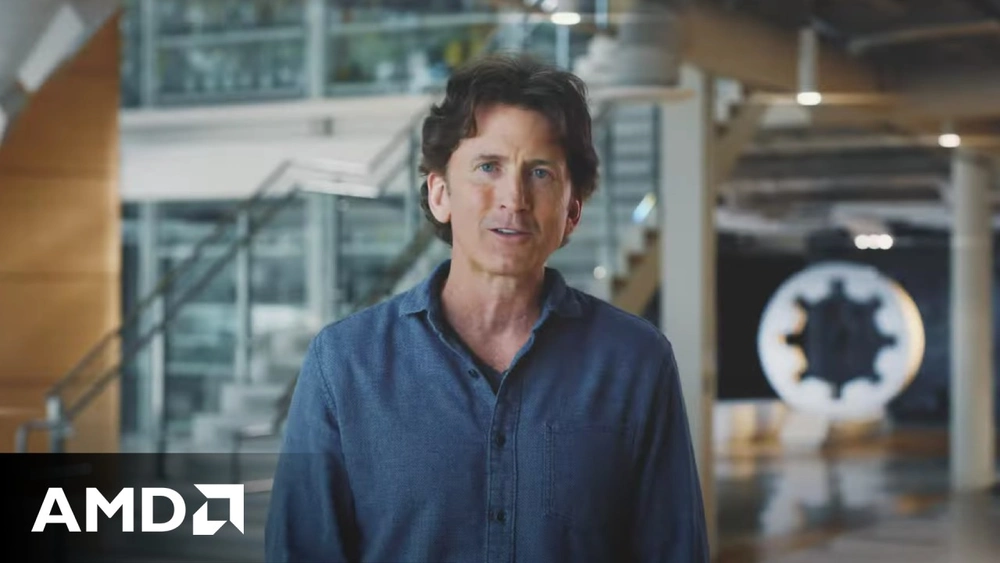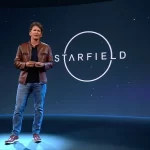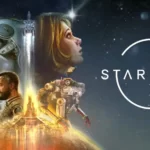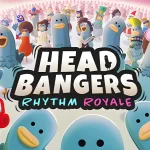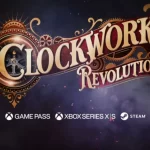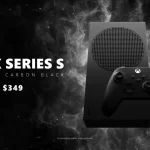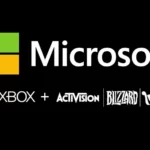Starfield, the highly anticipated sci-fi RPG from Bethesda, has been announced as an AMD exclusive partner for PC and Xbox, meaning that the game will be optimized for AMD’s Ryzen 7000 series processors and Radeon 7000 series graphics cards. The news has sparked a heated debate among PC gamers over whether Starfield will support Nvidia’s DLSS (Deep Learning Super Sampling) technology, which is widely regarded as superior to AMD’s FSR (FidelityFX Super Resolution) upscaling solution.
Also read: All we know about The Xbox Games Showcase and Starfield Direct
What is DLSS and why is it important?
DLSS is a proprietary technology developed by Nvidia that uses artificial intelligence to upscale lower-resolution images to higher resolutions, while maintaining or improving image quality and performance. DLSS can also enable advanced features such as ray tracing, which adds realistic lighting and reflections to games, without sacrificing too much framerate.
DLSS is one of the main selling points of Nvidia’s RTX series of graphics cards, which are currently dominating the PC gaming market. According to the latest Steam Hardware Survey, Nvidia has a 77.5% share of the GPU market, while AMD has only 16.2%. Many PC gamers prefer Nvidia cards because of their superior performance, features and driver support.
What is FSR and how does it compare to DLSS?
FSR is AMD’s open-source alternative to DLSS, which was launched in June 2021. FSR uses a spatial upscaling algorithm that analyzes the input image and applies sharpening and contrast enhancement to produce a higher-resolution output. FSR is compatible with any GPU that supports DirectX 11 or higher, including Nvidia cards.
However, FSR has been criticized for its inferior image quality and lack of support for ray tracing. Many reviewers and gamers have compared FSR and DLSS side by side and found that DLSS produces sharper, clearer and more detailed images, especially at lower resolutions. FSR also does not offer any performance boost for ray tracing, unlike DLSS, which can significantly improve the framerate of ray-traced games.
Why are PC gamers upset about Starfield’s AMD partnership?
In a video released by AMD and Bethesda on June 27, 2023, Todd Howard, Bethesda’s game director, said that the team built Starfield in partnership with AMD and unlocked its “full potential” on PC and Xbox. He also said that AMD engineers are working on FSR 2 image processing and upscaling to make Starfield “look great and run great”.
The video did not mention anything about DLSS or Intel’s XeSS (another upscaling technology that uses machine learning), which led many PC gamers to speculate that Starfield will not support these technologies on PC. This would mean that PC gamers who own Nvidia or Intel GPUs would not be able to enjoy the benefits of DLSS or XeSS in Starfield, such as higher resolutions, better image quality and faster performance.
Many PC gamers expressed their frustration and disappointment on social media platforms such as Reddit and Twitter. Some called the move “anti-consumer” and “a big middle finger to PC players”. Others pointed out that Starfield’s minimum system requirements for AMD are much higher than for Nvidia, which suggests that the game will run poorly on non-AMD hardware. For example, the minimum requirement for AMD is an RX 5700 GPU, which is equivalent to an RTX 2070 Super GPU from Nvidia.
Is there any hope for DLSS support in Starfield?
While AMD and Bethesda have not officially confirmed or denied whether Starfield will support DLSS or XeSS on PC, there is some hope that these technologies will not be completely locked out of the game. Since FSR is an open-source technology that works with any GPU, it is possible that modders will be able to create mods that enable DLSS or XeSS in Starfield, similar to how they did for Cyberpunk 2077.
Another possibility is that AMD and Bethesda will change their minds and add support for DLSS or XeSS in a future update or patch, depending on the feedback and demand from the PC gaming community. This has happened before with other games that initially did not support DLSS, such as Red Dead Redemption 2 and Doom Eternal.
However, until AMD and Bethesda make an official statement on this matter, PC gamers who own Nvidia or Intel GPUs will have to wait and see if they will be able to enjoy Starfield at its best on their systems.

